Home>Articles>How Much Does It Cost To Replace A Roof With Solar Panels


Articles
How Much Does It Cost To Replace A Roof With Solar Panels
Modified: August 16, 2024
Looking for articles on how much it costs to replace a roof with solar panels? Discover all the information you need to make an informed decision.
(Many of the links in this article redirect to a specific reviewed product. Your purchase of these products through affiliate links helps to generate commission for Storables.com, at no extra cost. Learn more)
Introduction
Solar energy has become increasingly popular in recent years as a renewable and sustainable alternative to traditional energy sources. As more homeowners and businesses embrace the benefits of solar power, one question frequently arises: how much does it cost to replace a roof with solar panels?
The answer to this question depends on several factors, including the size and condition of your roof, the type and quality of solar panels you choose, and the complexity of the installation process. In this article, we will explore the various factors that affect the cost of a roof replacement with solar panels, as well as the long-term benefits and ROI.
Before delving into the costs, it is important to understand the potential savings and environmental benefits that come with switching to solar power. By harnessing the sun’s energy, solar panels can generate clean electricity that reduces reliance on traditional fossil fuels. This not only helps combat climate change but can also lead to significant long-term savings on energy bills.
One of the key advantages of replacing your roof with solar panels is that it allows you to maximize the use of available space for energy production. By integrating solar panels directly into your new roof, you can generate electricity while maintaining the aesthetic appeal of your home or building. Additionally, with the advancement of solar technology, panels have become more efficient and affordable, making it an enticing option for homeowners and businesses alike.
However, it is essential to consider the upfront costs associated with roof replacement. Solar panels are an investment, and the initial expenses can vary depending on different factors, including your location, the size of your roof, and the amount of electricity you want to generate. Let’s explore these factors in more detail.
Key Takeaways:
- Embracing solar energy through a roof replacement with solar panels offers long-term cost savings, environmental benefits, and increased property value, making it a compelling investment for homeowners and businesses alike.
- Evaluating the solar potential of your roof, understanding the cost breakdown, exploring financing options, and assessing the return on investment are crucial steps in making an informed decision about replacing your roof with solar panels.
Read more: How Much Does A Tesla Solar Roof Cost
Factors Affecting the Cost of Roof Replacement with Solar Panels
Several key factors can influence the cost of replacing a roof with solar panels. Understanding these factors will help you estimate the overall expenses and make an informed decision. Here are the main factors to consider:
- Roof Size and Condition: The size and condition of your roof play a significant role in determining the cost of the replacement. Larger roofs require more materials and labor, resulting in higher costs. Additionally, if your roof requires extensive repairs or reinforcements to support the solar panel installation, it can add to the overall expenses.
- Type and Quality of Solar Panels: The type and quality of solar panels you choose can affect the upfront cost. There are different types of solar panels, including monocrystalline, polycrystalline, and thin-film. Monocrystalline panels are known for their high efficiency but come at a higher cost compared to polycrystalline and thin-film options. It’s important to consider the tradeoff between cost and efficiency when selecting your solar panels.
- Installation Complexity: The complexity of the installation process can impact the overall cost as well. Factors such as roof angle, orientation, shading, and wiring requirements can influence the installation complexity. In some cases, wiring upgrades or structural modifications may be necessary, which can add to the installation expenses.
- Permitting and Local Regulations: Obtaining the necessary permits for the installation of solar panels can vary by region and may incur additional costs. Local regulations and utility interconnection requirements can also affect the overall expenses. It’s crucial to research and understand the specific regulations in your area.
- Labor Costs: The cost of labor for the installation of solar panels on your roof can vary depending on factors such as location, market rates, and the complexity of the project. It’s advisable to obtain multiple quotes from reputable solar installation companies to get a better idea of the labor costs involved.
These factors can vary from one project to another, making it challenging to provide an exact cost estimate. It’s recommended to consult with a professional solar contractor who can assess your specific situation and provide a more accurate cost projection.
Evaluating the Roof’s Solar Potential
Before proceeding with a roof replacement and solar panel installation, it’s important to assess the solar potential of your roof. Here are the key factors to consider when evaluating your roof’s solar potential:
- Roof Orientation and Angle: The orientation and angle of your roof can significantly impact the energy production of your solar panels. Most solar panels are designed to capture the maximum sunlight when facing south. However, roofs facing east or west can still generate a significant amount of energy. Additionally, the angle of your roof should ideally match the latitude of your location to optimize energy capture.
- Shading: Shading from trees, buildings, or other obstructions can limit the amount of sunlight reaching your solar panels. It’s important to evaluate the shading patterns throughout the day and year to ensure optimal energy production. Trimming or removing shading elements may be necessary to maximize solar potential.
- Roof Age and Condition: The age and condition of your roof should be evaluated before installing solar panels. A roof near the end of its lifespan may require replacement soon, and it’s ideal to address this before installing solar panels. Additionally, a damaged or weakened roof may not be able to support the weight of the panels, requiring repairs or reinforcements.
- Available Roof Space: The available roof space will determine the number of solar panels that can be installed. Factors such as roof obstructions, vents, and chimneys should be considered when assessing the available space. It’s essential to ensure that there is enough space to accommodate the desired number of solar panels for optimal energy generation.
- Solar Resource Potential: Evaluating the solar resource potential of your location is crucial in estimating the energy production of solar panels. Factors such as average daily sunlight hours, cloud coverage, and climate patterns should be considered. Local solar irradiance maps and tools can provide valuable insights into your region’s solar resource potential.
Evaluating your roof’s solar potential will help you determine the feasibility and expected energy production of a solar panel installation. It’s advisable to consult with a professional solar contractor or utilize online solar calculators to assess your roof’s solar potential accurately.
Cost Breakdown of Roof Replacement with Solar Panels
Replacing your roof with solar panels involves several cost components. Understanding the breakdown of these costs will give you a clearer picture of the investment required. Here are the main cost components to consider:
- Roof Replacement: The cost of replacing your roof will vary depending on factors such as roof size, material choice, labor costs, and any necessary repairs or reinforcements. It’s important to obtain quotes from reputable roofing contractors to determine this cost component.
- Solar Panels: The cost of solar panels varies based on the type, brand, and efficiency of the panels you choose. Monocrystalline panels are generally more expensive but offer higher efficiency, while polycrystalline and thin-film panels tend to be more affordable. The number of panels required will depend on your energy needs and the available roof space.
- Inverters and Mounting Systems: Inverters convert the direct current (DC) generated by the solar panels into usable alternating current (AC) electricity. The cost of inverters will depend on the system size and type. Additionally, mounting systems, such as racks or frames, are needed to securely install the panels on your roof. These costs should be factored into the overall budget.
- Balance of System Components: Various additional components, such as wiring, cables, circuit breakers, and monitoring systems, are necessary for the proper functioning of your solar panel system. These components contribute to the overall cost of the installation and should not be overlooked.
- Permitting and Installation Labor: Obtaining the necessary permits and hiring a professional solar installation team will incur additional costs. Permitting costs vary by region and can include fees for interconnection agreements, electrical inspections, and building permits. Hiring experienced solar installers ensures the proper installation of your solar panels and adherence to local regulations.
- Maintenance and Warranty: While not a direct upfront cost, it’s important to consider long-term maintenance and warranty expenses. Solar panel systems generally require minimal maintenance, but it’s advisable to have them inspected regularly. Additionally, understanding the warranty coverage and duration for the panels, inverters, and other components will help you plan for any future expenses.
The exact cost breakdown for roof replacement with solar panels will depend on the specific details of your project. It’s recommended to consult with solar installation professionals who can provide accurate cost estimates based on your unique requirements and desired system size.
When considering the cost of replacing a roof with solar panels, it’s important to factor in the cost of the solar panels themselves, installation, and any necessary roof repairs or upgrades. It’s also worth exploring available incentives and financing options to help offset the initial investment.
Additional Costs to Consider
When considering a roof replacement with solar panels, it’s important to take into account additional costs that may arise during the project. These costs can vary depending on individual circumstances and requirements. Here are some additional costs to consider:
- Roof Repairs: In some cases, roof repairs may be necessary before installing solar panels. If your roof is in poor condition or has existing issues, such as leaks or structural damage, it’s essential to address these repairs before proceeding with the installation. This cost component should be factored into your overall budget.
- Electrical Upgrades: Depending on the age and condition of your electrical system, upgrades may be required to accommodate the solar panel installation. This can include electrical panel upgrades or updating wiring to meet the increased electrical demand. Consulting with a licensed electrician will help determine if any electrical upgrades are necessary and the associated costs.
- Roof Warranty: When replacing your roof, it’s important to consider the warranty coverage provided by the roofing manufacturer. Ensure that the warranty is not voided by the installation of solar panels, as some manufacturers have specific requirements or considerations. In some cases, you may need to negotiate with the roofing manufacturer or consider a separate solar panel warranty.
- Insurance Premiums: Installing solar panels on your roof may impact your homeowner’s insurance premiums. Contact your insurance provider to discuss any changes in coverage or potential increases in premiums. Some insurance companies offer specific policies or endorsements for solar installations, so it’s important to explore all options.
- Monitoring System: Investing in a monitoring system allows you to track the performance and efficiency of your solar panel system. While not a necessity, it provides valuable insights into energy production, potential issues, and overall system health. Consider the cost of a monitoring system and whether it aligns with your goals and budget.
- Property Taxes: In some areas, installing solar panels can increase the assessed value of your property, leading to higher property taxes. It’s advisable to research local regulations and consult with a tax professional to understand any potential impacts on property taxes.
By considering these additional costs alongside the main components of roof replacement with solar panels, you can create a more comprehensive and accurate budget for your project. It’s always recommended to consult with professionals in the roofing and solar industries to receive personalized recommendations and cost estimates based on your specific circumstances.
Read more: How To Mount Solar Panels To Roof
Financing Options for Roof Replacement with Solar Panels
When considering a roof replacement with solar panels, finding the right financing option is crucial to make the project financially feasible. Here are some common financing options to consider:
- Cash Purchase: Paying for the roof replacement and solar panel installation upfront with cash is often the most straightforward option. It avoids interest charges and long-term financing commitments. However, it may require a significant initial investment.
- Solar Loans: Many banks and solar financing companies offer specialized loans for solar projects. These loans allow you to spread out the cost of the roof replacement and solar panel installation over a fixed loan term. Interest rates and terms can vary, so it’s important to shop around for competitive rates and favorable conditions.
- Home Equity Loans or Lines of Credit: If you have accumulated equity in your home, you can consider taking out a home equity loan or line of credit to finance the roof replacement with solar panels. These loans typically offer lower interest rates compared to unsecured personal loans.
- Property Assessed Clean Energy (PACE) Financing: PACE financing is an option available in some areas that allows property owners to finance energy-efficient upgrades through an assessment on their property taxes. This option spreads the cost over an extended period, with repayments made as part of the annual property tax bill.
- Leasing or Power Purchase Agreements (PPAs): Leasing or entering into a power purchase agreement (PPA) allows you to install solar panels on your roof without the upfront cost. With a lease, you pay a monthly fee to use the solar panels, while with a PPA, you purchase the electricity generated by the panels at a predetermined rate. While these options may require lower upfront costs, keep in mind that you may not be eligible for certain incentives, and the long-term savings may be lower compared to owning the system.
- Government Incentives and Tax Credits: It’s important to explore available government incentives and tax credits for rooftop solar installations. These can significantly reduce the upfront cost and overall investment. The federal Investment Tax Credit (ITC) allows homeowners to claim a percentage of their solar installation costs as a tax credit, while some states and local municipalities offer additional incentives.
Choosing the right financing option depends on your financial situation, goals, and preferences. It’s recommended to consult with a solar financing specialist or a reputable solar installation company to understand the available options, eligibility criteria, and potential long-term savings.
Return on Investment and Long-term Savings
Investing in a roof replacement with solar panels offers both financial and environmental benefits. Understanding the potential return on investment (ROI) and long-term savings can help you make an informed decision. Here’s what to consider:
Energy Cost Savings: One of the most significant advantages of solar panels is the potential for long-term energy cost savings. By generating your own electricity, you can reduce or even eliminate your reliance on traditional utility providers. This can result in substantial savings on monthly energy bills over the lifetime of the solar panel system.
Payback Period: The payback period represents the time it takes for the accumulated energy cost savings to equal or surpass the upfront cost of the roof replacement and solar panel installation. The payback period can vary depending on factors such as system size, energy consumption, and local electricity rates. On average, payback periods for residential solar installations range from 5 to 10 years.
Return on Investment (ROI): ROI measures the financial returns generated by the solar panel system over its lifetime. It takes into account system costs, savings on electricity bills, and potential incentives or tax credits. A higher ROI indicates a more financially rewarding investment. Solar installations typically provide strong ROI, often exceeding 10% or more.
Increase in Property Value: In addition to energy cost savings, a roof replacement with solar panels can increase the value of your property. Many studies have shown that homes equipped with solar panels tend to sell for a premium compared to homes without solar. This increase in property value can further enhance the financial benefits of the investment.
Environmental Impact: Switching to solar power has a positive environmental impact. By reducing reliance on fossil fuels, solar panels help decrease harmful greenhouse gas emissions and combat climate change. Choosing renewable energy sources like solar is a proactive step towards creating a more sustainable future for generations to come.
It’s important to note that the actual ROI and long-term savings will depend on various factors, including your energy consumption, local electricity rates, government incentives, and the size and efficiency of your solar panel system. Consulting with a solar installation professional or utilizing online ROI calculators can help provide a more accurate estimate based on your specific circumstances.
Moreover, it’s worthwhile to consider the overall benefits and savings that come with reducing reliance on non-renewable energy sources. The long-term financial and environmental advantages of a roof replacement with solar panels make it a compelling investment for homeowners and businesses alike.
Conclusion
Replacing a roof with solar panels offers numerous benefits, including clean and sustainable energy generation, reduced reliance on traditional energy sources, and potential long-term cost savings. However, it’s essential to consider the various factors that can affect the cost of the project and evaluate your roof’s solar potential before making a decision.
The cost breakdown of roof replacement with solar panels includes expenses such as the roof replacement itself, solar panel equipment, inverters, mounting systems, permitting, installation labor, and additional balance of system components. It’s crucial to factor in these costs and explore different financing options, such as solar loans, home equity loans, or leasing arrangements, to make the project financially feasible.
Additionally, evaluating the potential return on investment (ROI) and long-term savings is key to understanding the financial benefits. Solar panels can provide significant energy cost savings over their lifespan and contribute to an increase in property value. They also have a positive environmental impact by reducing greenhouse gas emissions and promoting sustainability.
It’s important to work with reputable solar installation professionals to assess your roof’s solar potential and obtain accurate cost estimates tailored to your specific circumstances. Researching available government incentives and tax credits is also advisable to maximize potential savings.
While the upfront cost of a roof replacement with solar panels may seem significant, the long-term benefits and savings make it a worthwhile investment. By embracing solar energy, you can contribute to a greener future while enjoying the financial advantages of renewable energy generation.
Remember, each solar project is unique, and it’s crucial to consult with professionals and conduct thorough research to make informed decisions. With careful planning, a roof replacement with solar panels can be a rewarding investment that offers both financial and environmental benefits for years to come.
Frequently Asked Questions about How Much Does It Cost To Replace A Roof With Solar Panels
Was this page helpful?
At Storables.com, we guarantee accurate and reliable information. Our content, validated by Expert Board Contributors, is crafted following stringent Editorial Policies. We're committed to providing you with well-researched, expert-backed insights for all your informational needs.
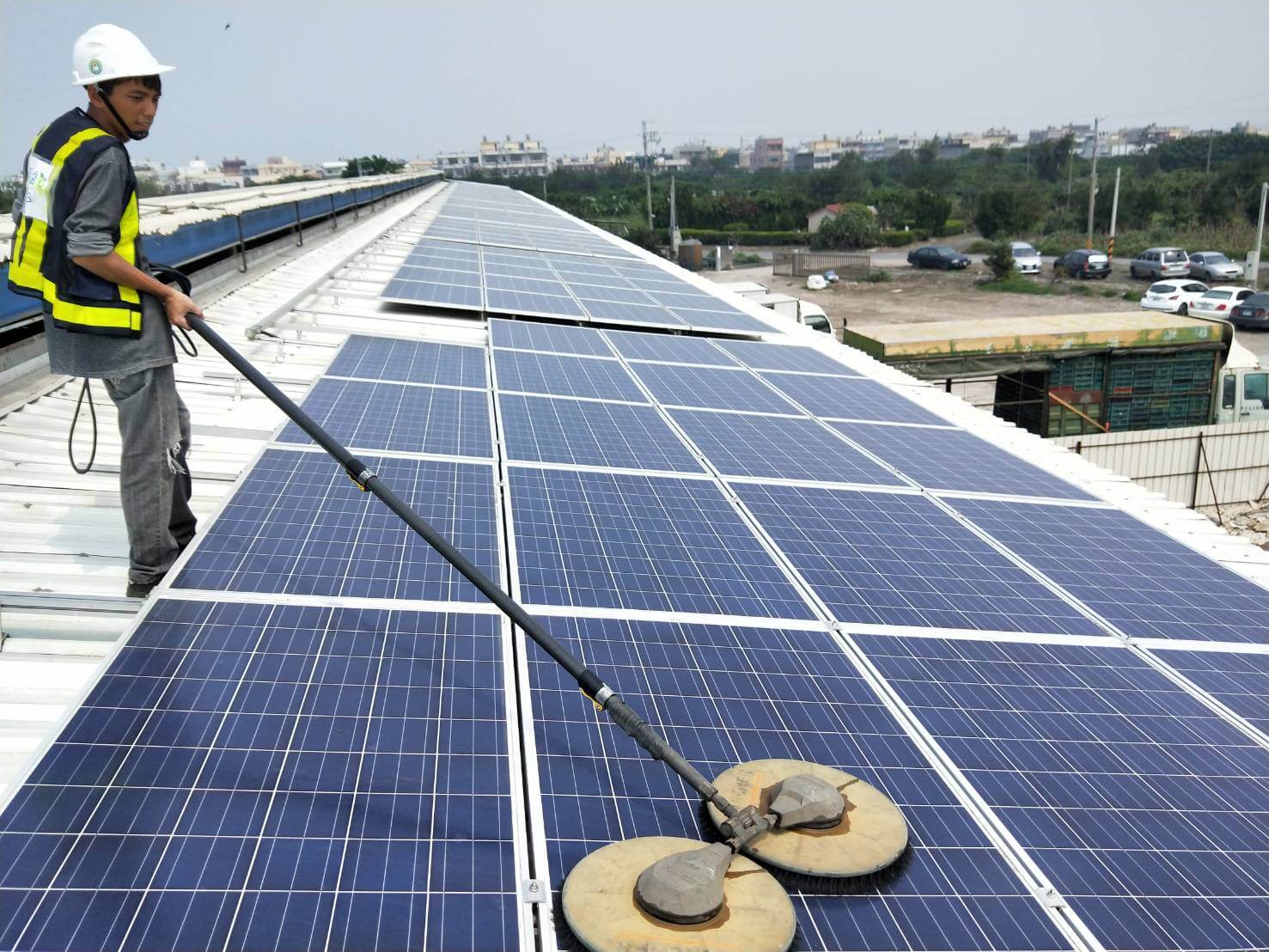
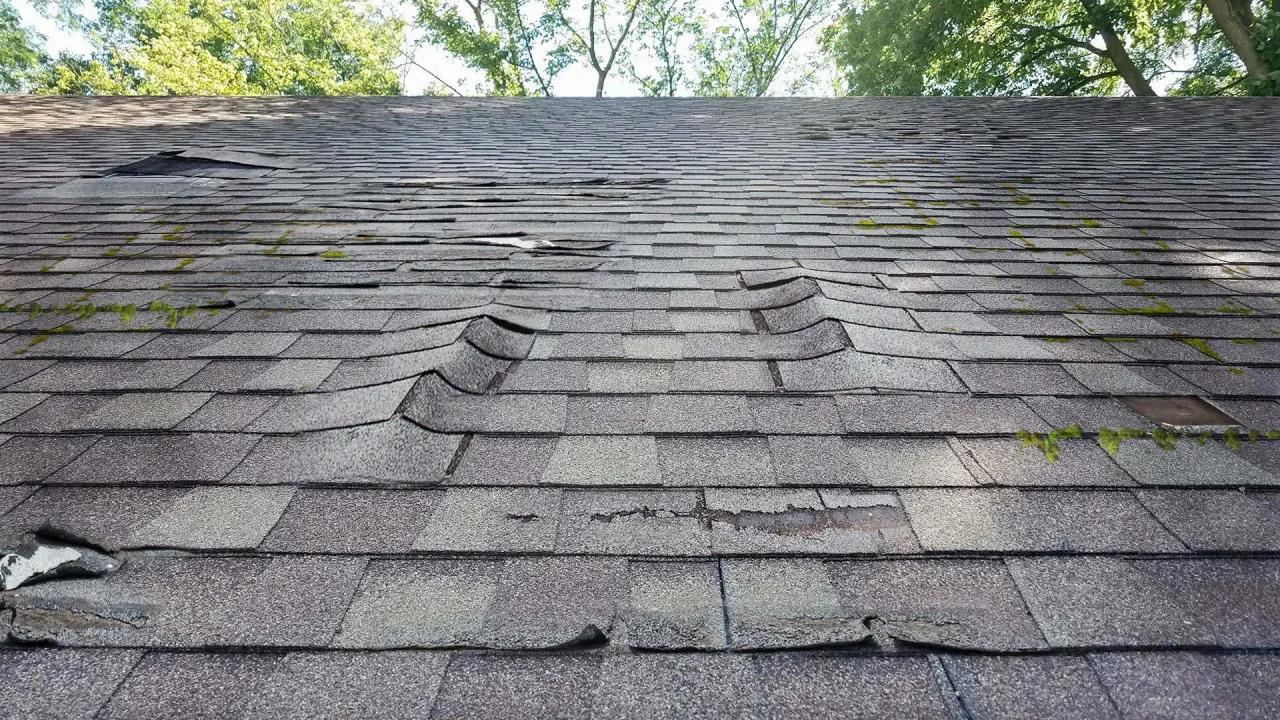
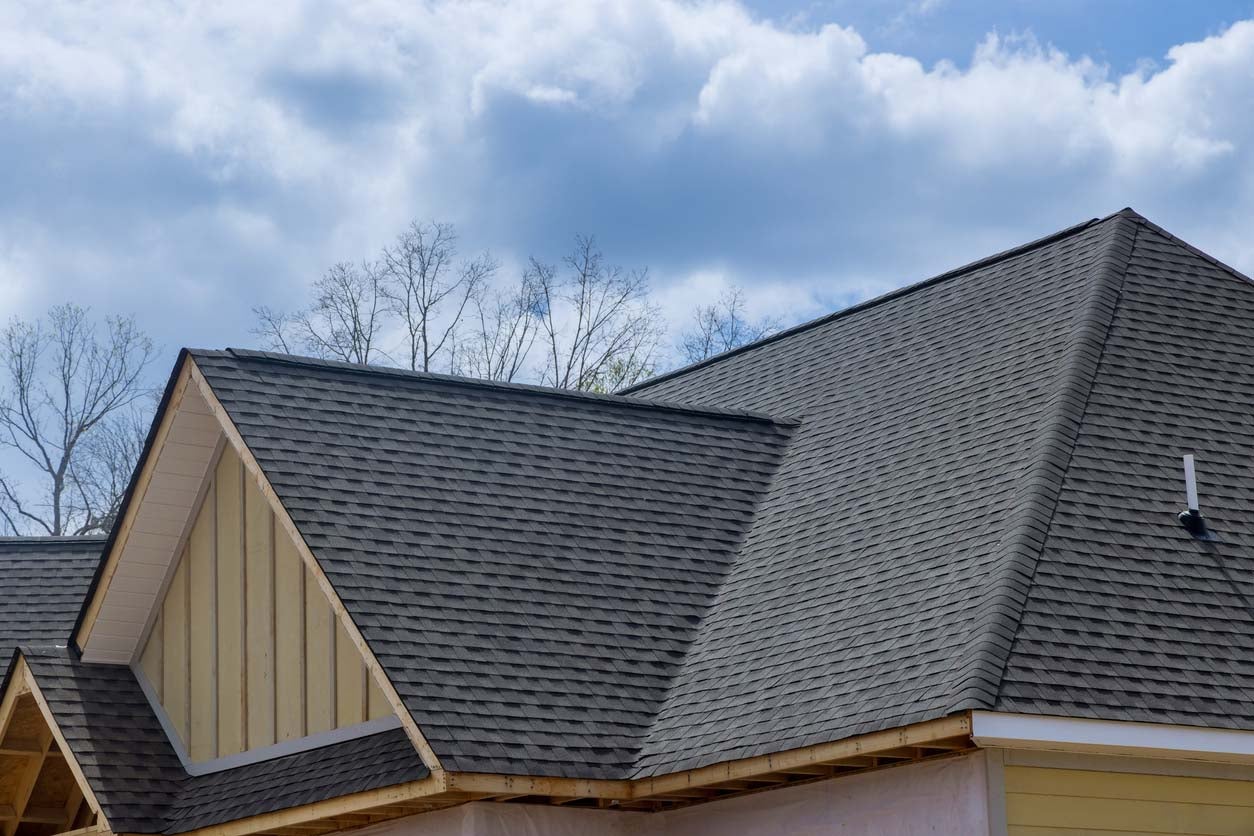

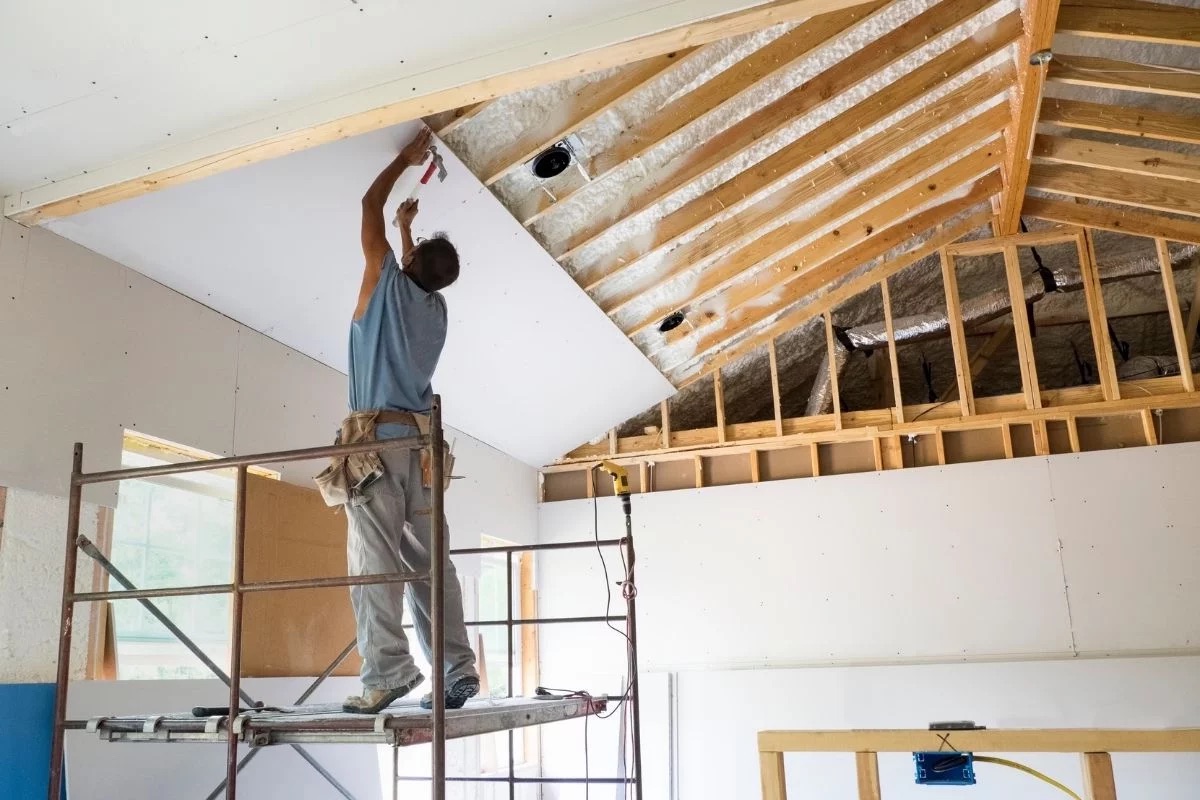

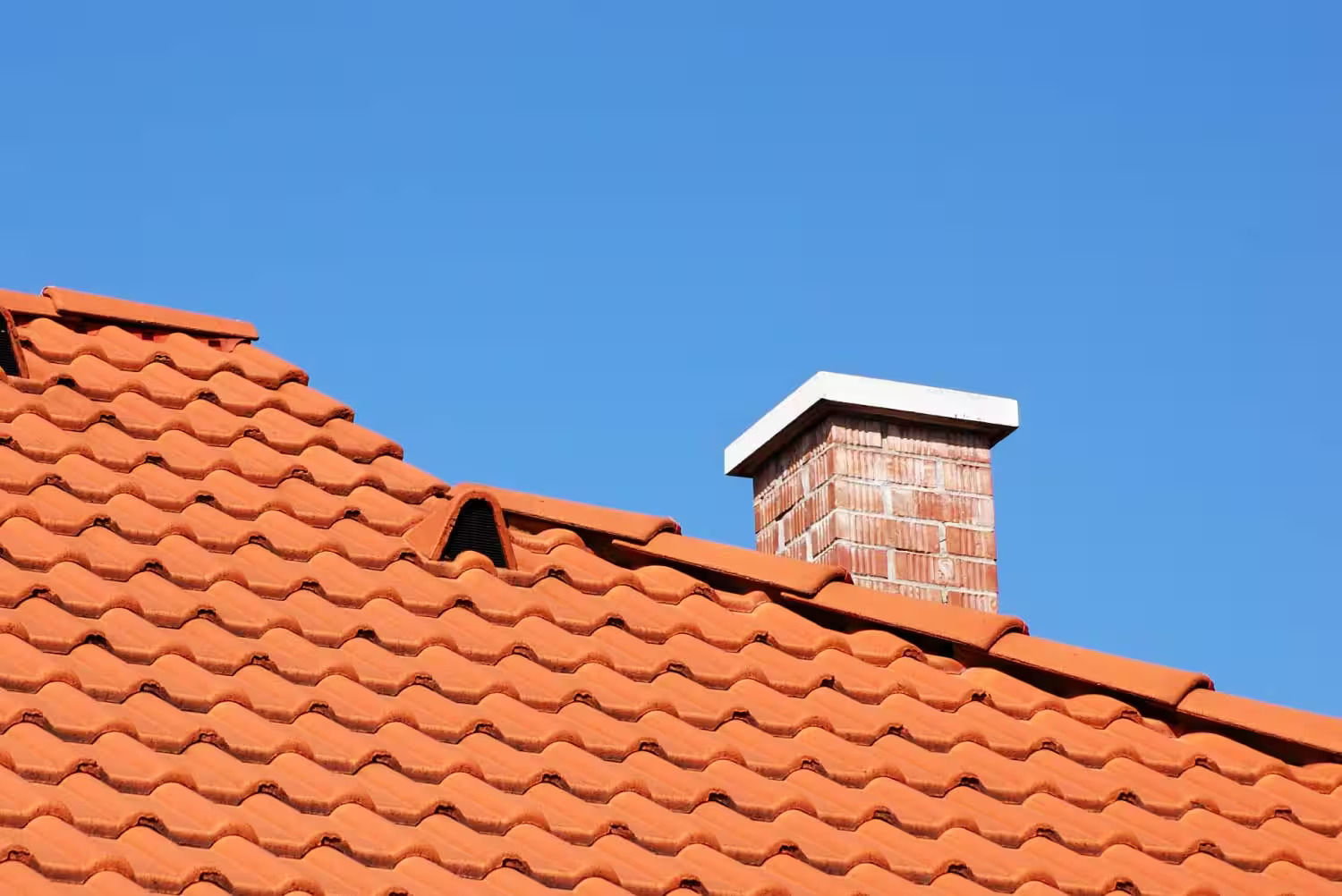
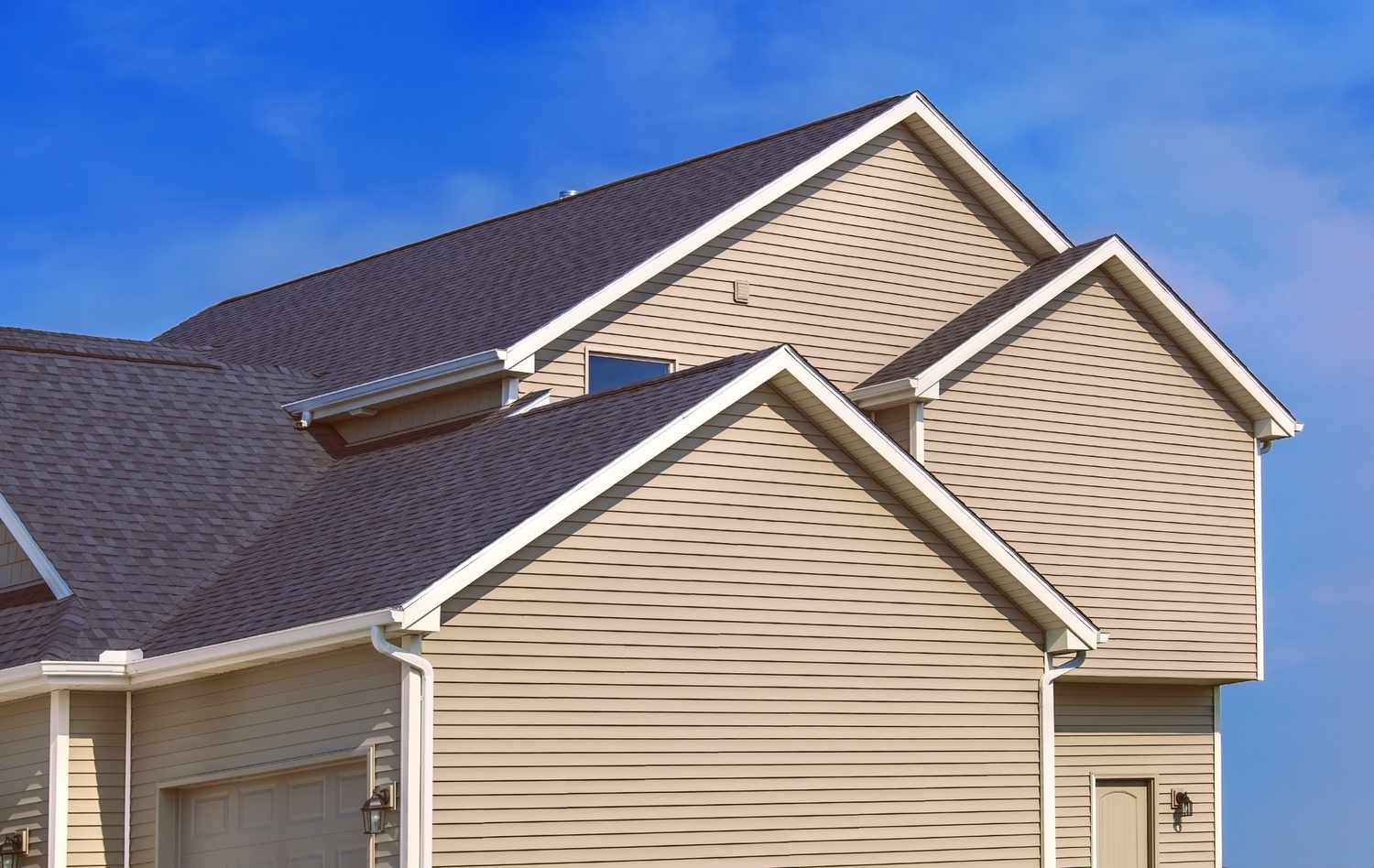
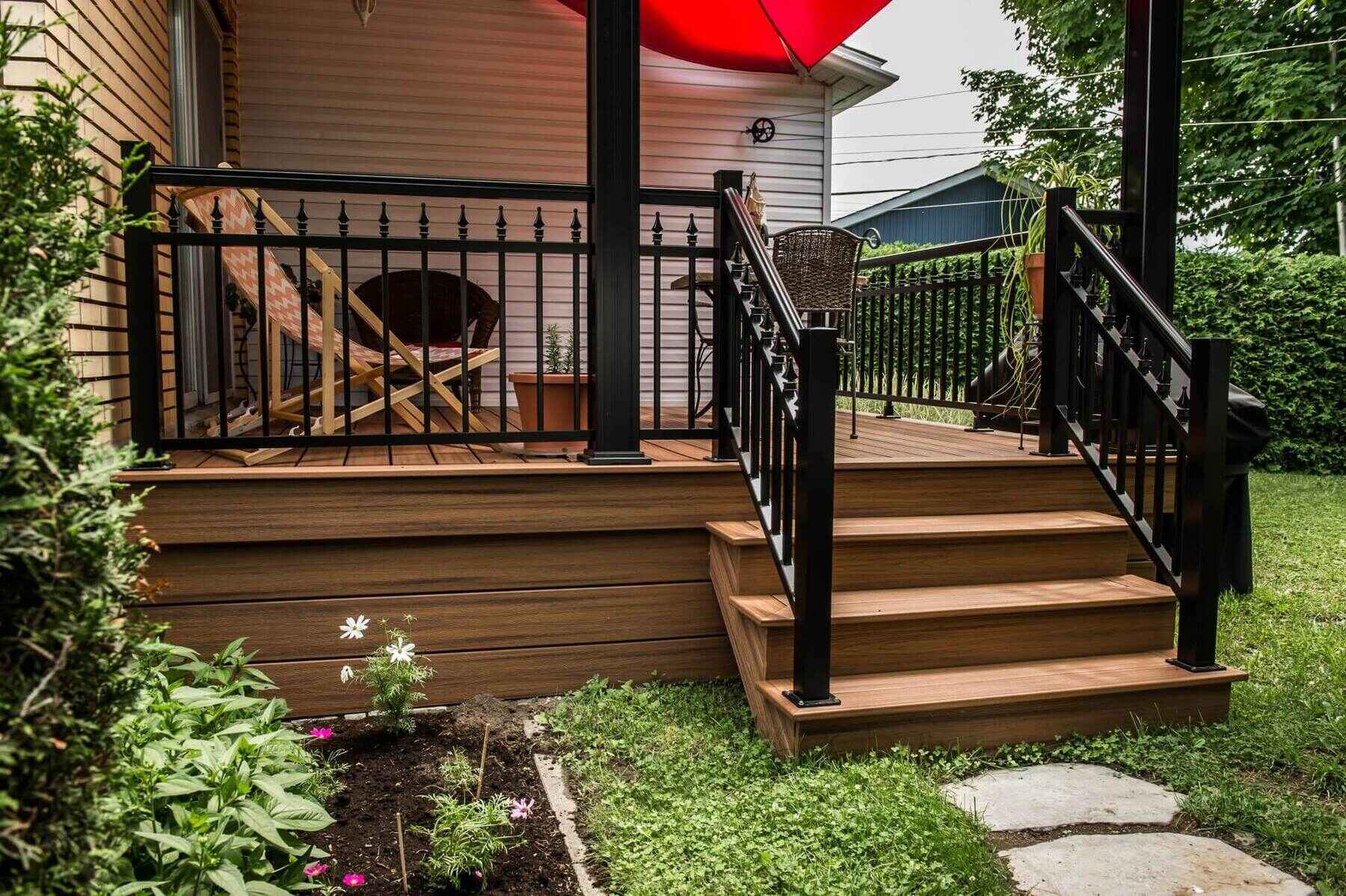
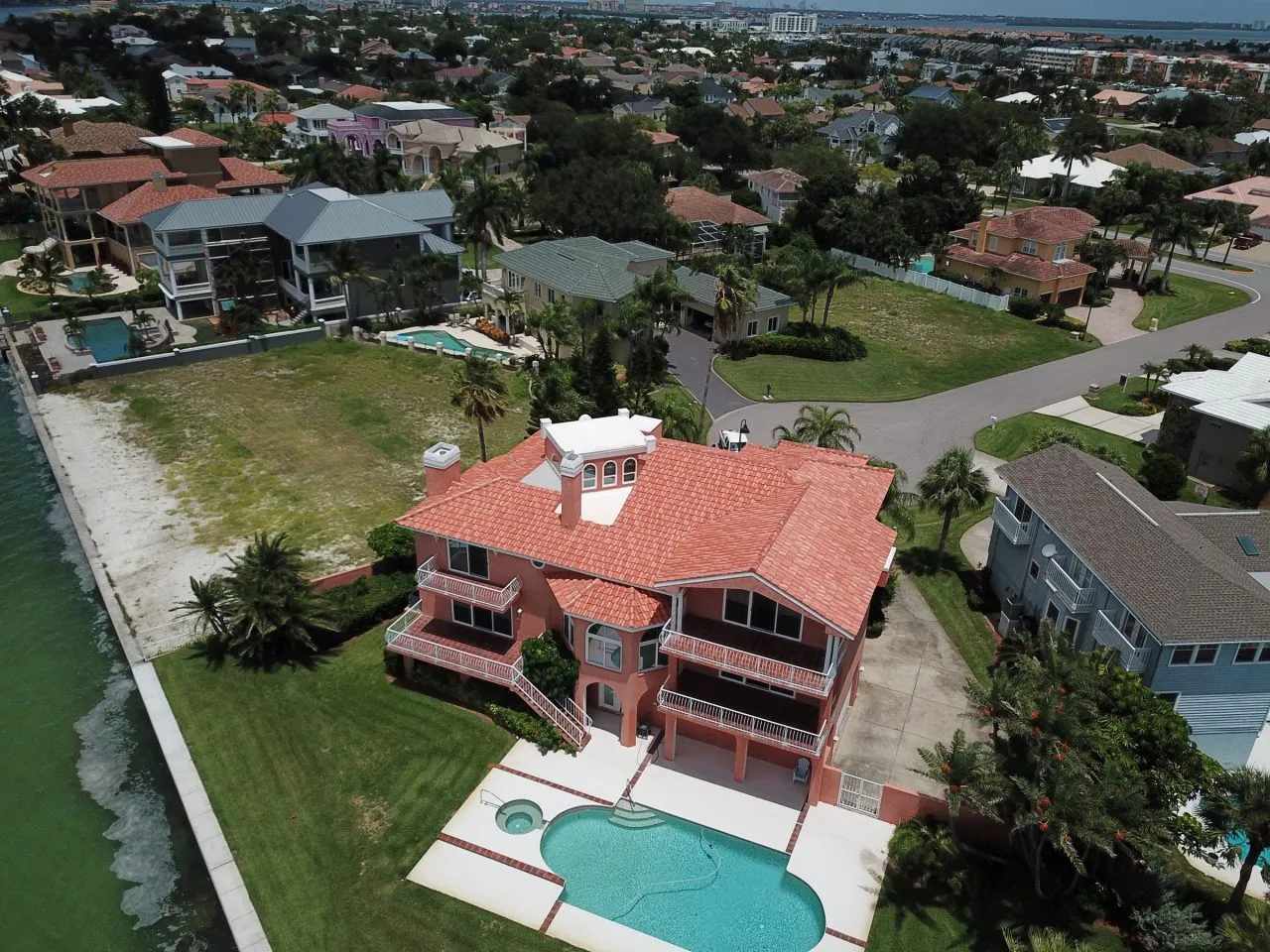
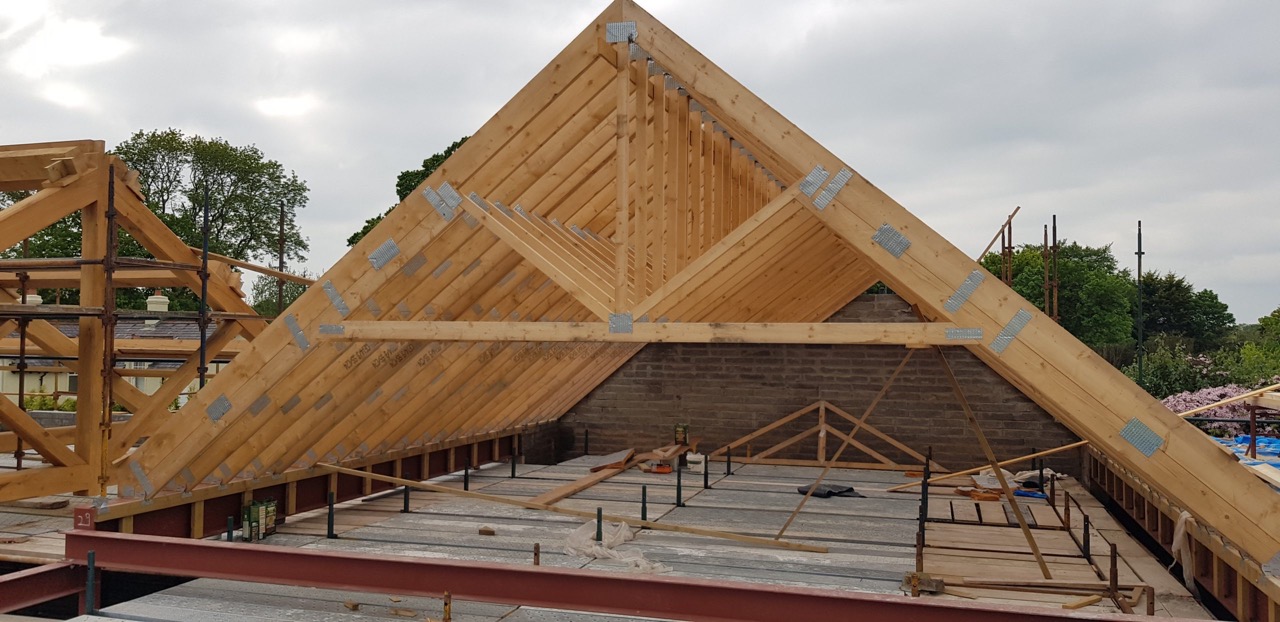
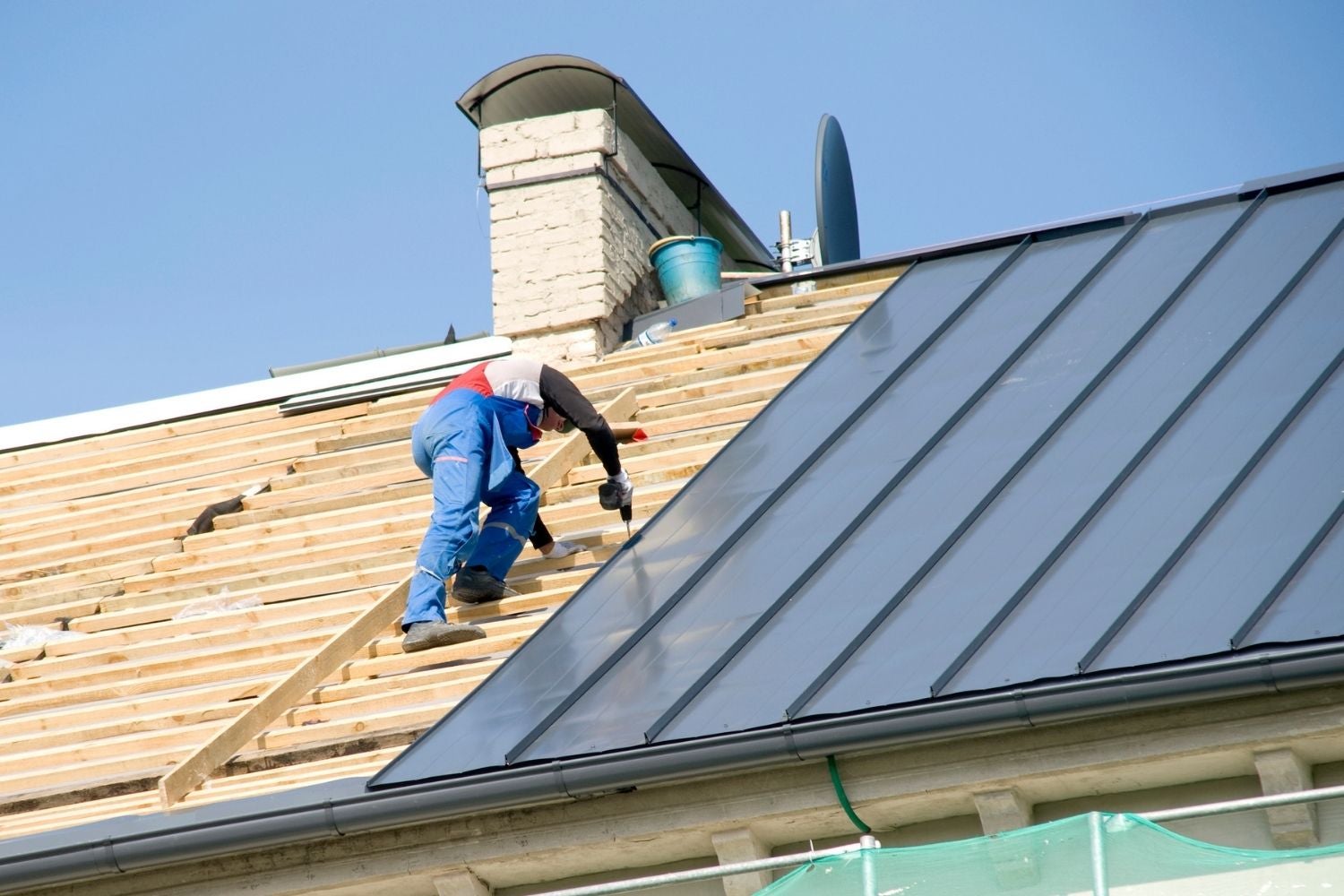
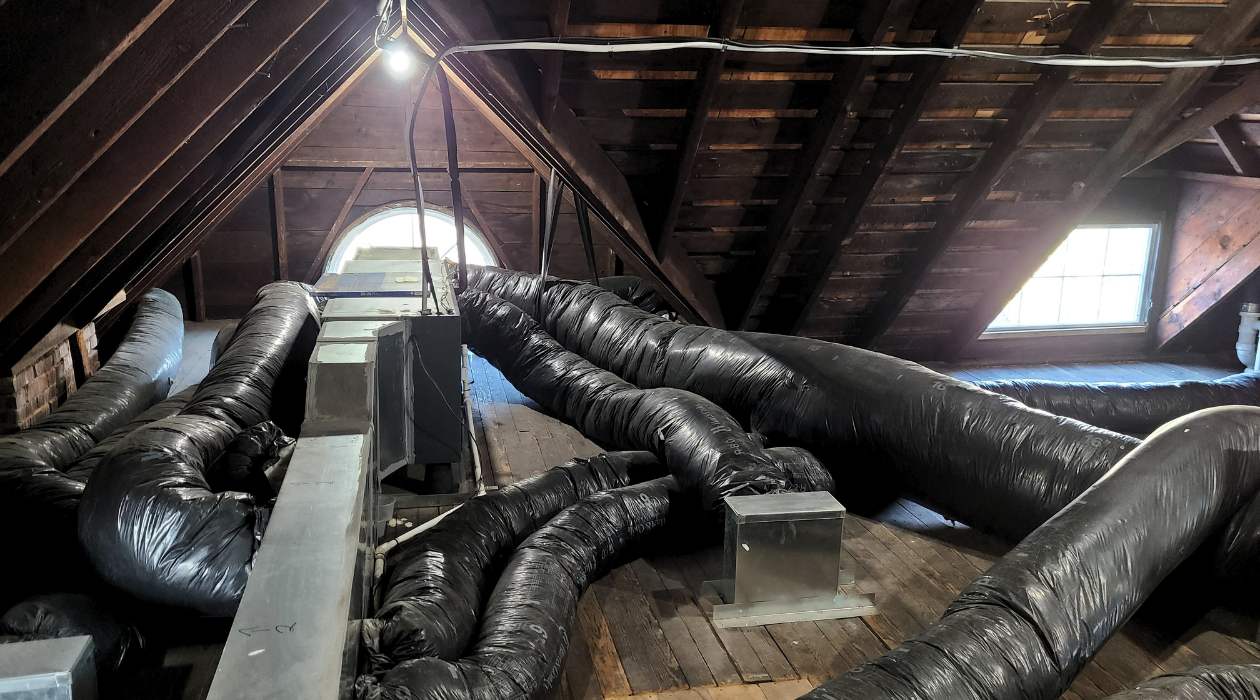
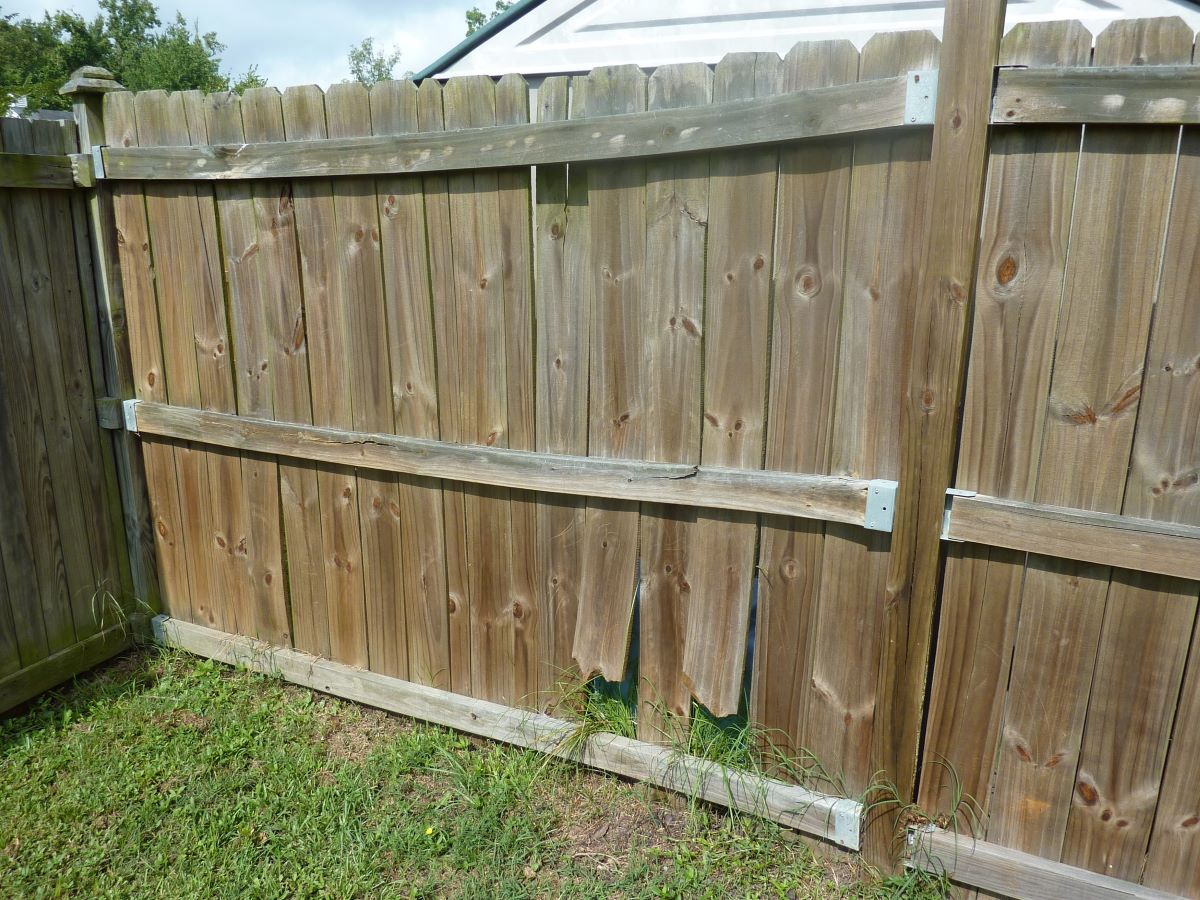

0 thoughts on “How Much Does It Cost To Replace A Roof With Solar Panels”